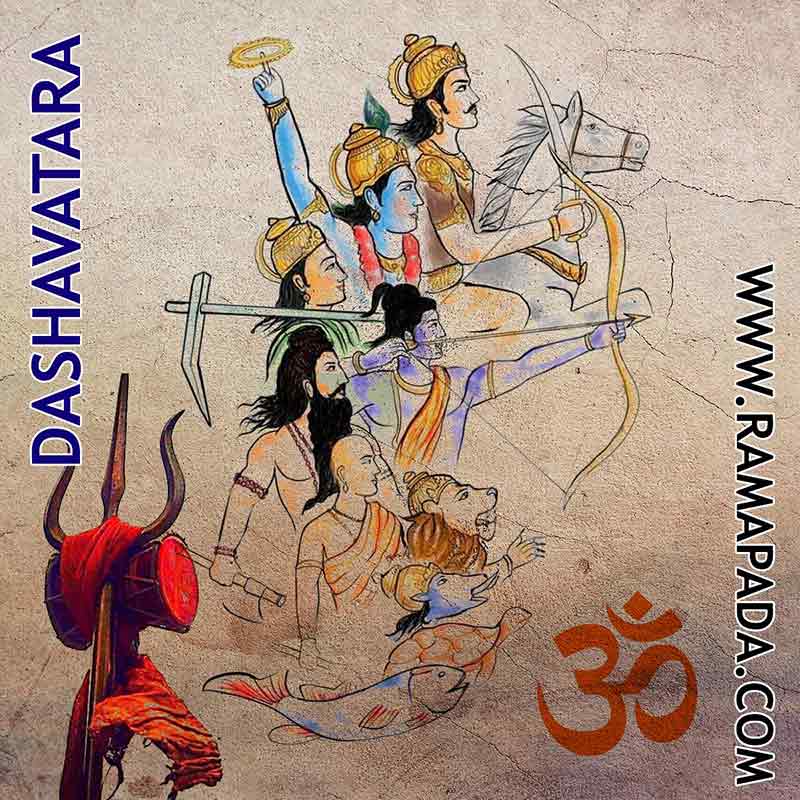The Dashavatara, literally translating to “ten avatars” in Sanskrit, is a core concept in Hinduism. It refers to the ten primary incarnations of Vishnu, the preserver god in the Hindu triumvirate alongside Brahma the creator and Shiva the destroyer. These avatars are believed to descend to Earth at various points in time to restore cosmic order (dharma) whenever it faces decline.
The Role of Vishnu’s Avatars
The stories of the Dashavatara are not merely mythological tales. They represent the divine intervening in human affairs to restore balance and uphold righteousness. Each avatar possesses unique characteristics and embodies a specific virtue or power. By taking human form, Vishnu demonstrates his connection to humanity and his willingness to intervene when necessary.
The Ten Avatars
While there may be slight variations across different Hindu texts and regions, the most widely accepted list of the Dashavatara includes:
- Matsya (The Fish): Rescued Manu, the father of humanity, from a devastating flood.
- Kurma (The Tortoise): Supported Mount Mandara during the churning of the cosmic ocean to obtain the elixir of immortality.
- Varaha (The Boar): Lifted the Earth (Bhumi) from the cosmic ocean after a demon dragged it down.
- Narasimha (The Man-Lion): Slayed the demon king Hiranyakashipu, who had gained a boon of near-invulnerability.
- Vamana (The Dwarf): Tricked King Mahabali, who had become arrogant after conquering the heavens, and restored control to the gods.
- Parashurama (The Warrior with an Axe): Wiped out the Kshatriya (warrior) caste that had become corrupt and tyrannical.
- Rama (The Ideal King): Rescued his wife Sita from the demon king Ravana, establishing the importance of duty and righteousness.
- Krishna (The Divine Statesman): Played a pivotal role in the Mahabharata war, guiding humanity towards dharma.
- Buddha (The Enlightened One): Spread the message of non-violence and spiritual awakening.
- Kalki (The Rider on a White Horse): Yet to come, prophesied to appear at the end of the Kali Yuga (present age) to destroy evil and usher in a new golden age.
Significance of the Dashavatara
As per the best astrologer in India, The Dashavatara offers several profound messages for Hindus:
- The Cyclical Nature of Time: The avatars represent Vishnu’s intervention throughout various cosmic ages, reflecting the cyclical nature of creation, destruction, and renewal.
- Divine Intervention: The Dashavatara assures believers that the divine is ever-present and will act to restore balance when necessary.
- The Importance of Dharma: Each avatar upholds dharma, emphasizing its importance in human life and the consequences of its decline.
- Many Paths to the Divine: The inclusion of Buddha in some versions of the Dashavatara highlights the acceptance of diverse spiritual paths within Hinduism.

